There are very few industries that have been hit as hard as health and human services (HHS) by the continuously shrinking labor pool. Whether they run a group home, special education school, day habilitation program, or assisted-living residence, most HHS employers would say they have always found it challenging to recruit and retain staff. However, since the pandemic, these types of organizations have struggled more than ever to fill open positions, especially on their direct care staff teams. At Fred C. Church, we see multiple forces converging to create a staffing shortage tsunami in HHS. For this reason, we want to share our industry knowledge to help HHS organizations get a better handle on what we see as the basis for the scarcity of staff right now. In addition, based on our experience working with numerous HHS clients during the past few turbulent years, we also want to offer some recommendations for ways HHS employers may be able to improve upon staff recruitment and retention.
Two Main Reasons Are Behind Why the HHS Staffing Shortage Has Intensified Over the Past Few Years
Before an HHS employer can build a successful staff retention and recruitment strategy, it’s critical for the organization to be aware of the factors that may be driving away current and potential employees. The Fred C. Church team sees the following issues as the two main factors that are amplifying today’s HHS staffing shortage:
1. Unprecedented levels of employee burnout. Working for an HHS organization has always been inherently stressful, both physically and mentally. When you’re responsible for the care of clients with developmental disabilities, or those who are aging, ill, or dying, your emotions and anxiety can run high. It is also risky work, where injury or exposure to infectious diseases is common, and it is often exhausting, with long shifts that can turn into doubles unexpectedly if the need arises. This is HHS work when things are functioning as normal.
If a catastrophic health event comes along—like a highly contagious and deadly virus—the physical and mental strain and fatigue experienced by employees will inevitably increase. In the case of the pandemic, HHS staff, particularly at the direct care level, were pushed to the extreme. These HHS employees were indispensable workers during the height of the crisis and on the front lines of caring for the ill. The daily experience of dealing with so much loss and grief, not to mention their own COVID-19 infections in some cases, left many HHS employees with post-traumatic stress disorder and other residual symptoms. As a result of this widespread burnout, the industry has lost thousands of experienced workers who have either accelerated their retirement plans, taken an extended hiatus from their HHS career path, or left the industry altogether.
2. A highly competitive labor market. Well before the latest inflationary increases and rising consumer prices, many HHS employees were working multiple jobs at different HHS providers to make ends meet. While there are subsets of human services that do pay very well, historically the pay for most entry-level direct care staff has been on the low end. We understand the majority of HHS organizations would like to pay employees more, but the reality is they just don’t have the monetary resources to do so, particularly now that local, state, and federal funding sources are much harder to come by as a result of the pandemic.
Today’s current and prospective HHS workers are being wooed away by industries that pay as well—or often better—but typically provide less demanding and risky environments. Even those individuals most committed to and passionate about serving the needs of HHS clients and their families are finding it hard to say no to more money, more flexibility, and a much lower chance of physical danger or emotional trauma.
Many HHS organizations have experienced the dual challenge of losing skilled employees to burnout while also finding they are no longer able to compete for talented replacements. The result for some HHS employers is a workforce that may not have the knowledge to effectively serve their organization’s vulnerable populations. At Fred C. Church, we have seen this critical experience gap translate to an increase in injuries suffered by employees and the clients in their care, as well as to a substantial surge in related insurance claims.
HHS Organizations May Be Able to Minimize the Associated Risks and Impact of a Staffing Shortage
To effectively battle the HHS staffing shortage, organizations clearly want to implement initiatives that have been proven to help retain current employees and better attract new ones. Along these lines, we have seen many HHS employers doing their best to improve the work environment at their organizations and attempting to make it as comfortable and accommodating as possible. However, we know this is easier said than done.
While companies in other industries can offer flexible work hours, remote work options, and other similar benefits to staff, these types of considerations are generally not feasible for an HHS organization to extend to its employees, especially those responsible for the direct care of clients.
So, what can HHS employers do to better position their organizations in the eyes of current and potential employees? Below are three initiatives that several of our HHS clients have successfully implemented:
- Wellness Programming. Providing your employees with access to workplace wellness services and programs that may help them manage and improve their emotional, physical, and even financial well-being can be a win-win. As employees partake in these activities, they typically adopt healthier habits, improve their sleep quality, reduce their stress, and experience numerous other positive outcomes. In addition, they also typically become more productive and satisfied employees with higher morale and less absenteeism. Having a well-thought-out workplace wellness program is likely to enhance not only your company culture internally but also the perception of your brand externally, especially among potential hires.
- Expanded Benefits. Achieving stronger employee engagement and recruitment can be accomplished without having to show them the money. A customizable benefits package can make your organization more competitive in the hiring marketplace and, in particular, help you attract and hold onto the next generation of employees. From adoption assistance to flexible spending accounts, pet insurance, and tuition assistance programs, expanding your employee benefits offerings is an excellent way to demonstrate to current and prospective employees that your organization is fully invested in them, their health, their family, and their future.
- Risk Management. Over the past few years, the HHS environment has been highly reactionary—and justifiably so, as there has been little bandwidth for organizational leaders to focus on long-term planning. However, HHS organizations that can get back on track with vital operational programs, such as safety committee meetings and crisis planning and preparation, are likely to garner high praise and loyalty from employees as well as build a reputation in the marketplace as an employer committed to the care and welfare of its staff. Now is the time to review and update communication and safety protocols, analyze injury data for trends, evaluate staff training needs, and much more, so that you can proactively address any issues you uncover.
If an HHS employer takes good care of its workers from a health, safety, and benefits standpoint, it makes sense that the organization’s employees will be happier and probably stay longer. In turn, having more satisfied employees should improve the experience for the organization’s clients and, ultimately, enhance productivity and profitability. At Fred C. Church, we have real-life examples to prove this. Our health and human services clients who have focused on these three areas have steadily improved their employee retention rates, loss ratios, and bottom lines.
But our clients haven’t had to accomplish this on their own. Because they work with Fred C. Church, they have access to unique in-house resources and support. For example, HHS clients can work with our Corporate Wellness Consultant to implement a workplace wellness program or get help developing and growing an existing one. They can also get assistance from our Employee Benefits Specialists for advice on the offerings that may be most appealing to their workers and are financially feasible. Finally, our Risk Management Team is available to help with loss prevention services, risk evaluations and assessments, safety audits and assessments, workers’ compensation safety manual reviews, ergonomic assessments, policy and procedure reviews, and more.
After decades of working with HHS organizations, our team knows that the most important priority to employers across the industry is the health and well-being of their employees. The challenging circumstances of the past few years have made this goal simultaneously more difficult to achieve and more urgent. We believe there is no team as prepared and equipped to help you take care of your most valuable asset—your people—as Fred C. Church. Please call us today at 978-458-1865 for a consultation with a Health and Human Services professional.



